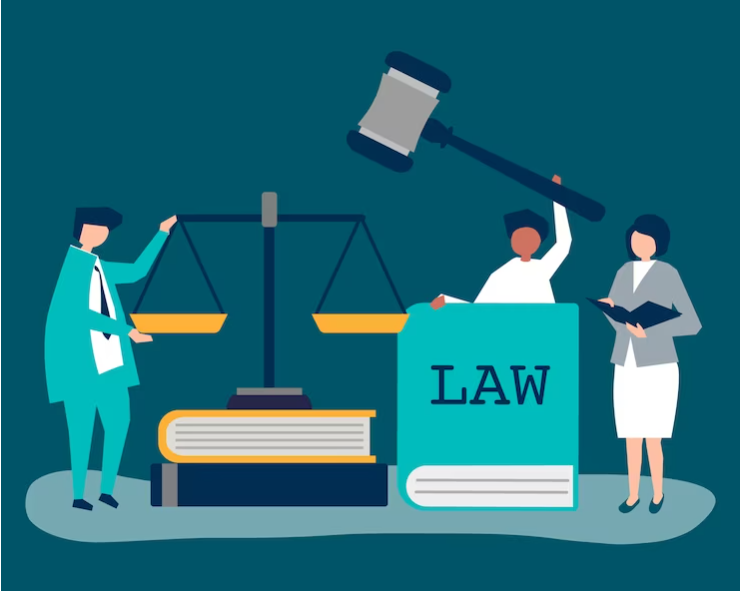The impact of criminal justice policies and laws on communities and individuals
Welcome to a conversation on the effects of criminal justice laws and practices on society at large. You’re in the perfect place if you’ve experienced the effects of the criminal justice system firsthand or if you just want to learn more about how these laws impact our society. Although criminal justice laws and regulations are a difficult and frequently perplexing subject, it is crucial that we comprehend how they affect both individuals and communities.
So let’s get started with the fundamentals. Laws and policies pertaining to criminal justice are the guidelines that set forth how our society reacts to crimes. These regulations cover a wide range of topics, from sentencing laws and police tactics to rehabilitation and re-entry initiatives. They are essential to preserving peace and safety in our neighborhoods, but they can also have serious repercussions for those who become involved in the criminal justice system.
Criminal justice laws and regulations have wide-ranging effects on people’s lives, both positively and negatively. On the one hand, these regulations are put in place to safeguard our safety. However, they can also continue structural injustices, disproportionately impact underprivileged populations, and feed the cycle of poverty and violence. The many effects that criminal justice policies and legislation have on our society and the individuals who live in it will be discussed in this article. So let’s get started!
Community Impacts
Laws and regulations relating to criminal justice can have a big impact on communities. Stop and frisk, racial profiling, and the use of force are examples of law enforcement methods and regulations that can erode community faith in the police and exacerbate already existing tensions. Mass incarceration, which is encouraged by legislation like mandatory minimum sentences and three-strikes statutes, can cause social networks to break down and communities to become unstable.
Police procedures, such as the employment of military-style tools and the dispatch of SWAT teams, can exacerbate neighborhood residents’ emotions of mistrust and terror. Understanding how to build a fair and equitable justice system that promotes safety and well-being for all requires examining the effects of criminal justice policies and laws on communities.
Effects on People
Criminal justice laws and regulations also have a big impact on people. Mandatory minimum sentences and three-strikes rules, for example, might lead to unnecessarily harsh punishments that don’t take the circumstances of the crime or the opportunity for rehabilitation of the offender into account. People of color are disproportionately affected by these laws, which also maintain structural injustices.
Even though they are helpful, rehabilitation and re-entry programs frequently fall short owing to underfunding and a lack of resources, leaving people to deal with the difficulties of re-entry on their own. To comprehend the harm that criminal justice policies and laws can cause and to work toward developing a justice system that encourages rehabilitation rather than punishment, it is essential to evaluate the effects of criminal justice policies and laws on individuals.
Criminal Justice Disparities Based on Race
It has long been a problem in the criminal justice system that there are racial inequities. Criminal justice laws and practices disproportionately affect people of race, especially Black and Latinx people. People of color are more likely to be arrested, convicted, and receive harsher sentences as a result of implicit prejudice in policing and sentencing procedures.
Targeting people based on their race or ethnicity is known as racial profiling, and it can destroy community faith in the police while also sustaining institutional prejudice. Systemic racism has an effect on the criminal justice system as a whole and leads to practices and policies that disproportionately hurt communities of color. These inequities must be addressed in order to build a just and equitable judicial system that benefits every member of our community.
Criminal Justice’s High Cost
In terms of financial resources and societal impact, the cost of criminal justice policies and regulations is a major concern. The criminal justice system is particularly expensive when it comes to incarceration, with state and federal budgets spending billions of dollars on prisons annually. Spending this money on social services that deal with the underlying causes of crime, such as healthcare, education, and the like, would be preferable. These financial expenses have been made even worse by the privatization of prisons, as businesses put profits ahead of public safety and rehabilitation.
A contributing factor is funding inequality, with affluent groups having easier access to legal counsel and lighter sentences. In order to comprehend how criminal justice policies and laws affect society and to work toward developing a justice system that encourages rehabilitation and addresses the underlying causes of crime, it is critical to study the financial costs associated with those policies and laws.
Alternatives to criminal justice system
Traditional criminal justice laws and practices have not proven successful in lowering crime rates or addressing the underlying reasons of criminal behavior. Alternative approaches to criminal justice legislation and regulations offer viable alternatives that put community-based interventions and rehabilitation before punishment. Reducing recidivism rates and fostering the development of stronger, more resilient communities have both benefited from restorative justice, which entails bringing victims, offenders, and community members together to repair harm and encourage healing.
Programs that promote rehabilitation and lower the expenses of the criminal justice system include diversion, which provides alternatives to jail for low-level offenders. Youth programs and community policing are examples of community-based interventions that can address the root causes of criminal behavior and advance social cohesiveness. To build a more just and equitable society, it is crucial to investigate and put these alternative approaches to criminal justice policies and legislation into practice.
Conclusion
The effects of criminal justice laws and policies on communities and people are a complicated and varied topic that calls for careful thinking and action. People of color, the poor, and other oppressed communities have suffered disproportionately from the traditional approaches to criminal justice, which have resulted in mass incarceration, financial strain, and a decline in community faith in law enforcement. Alternative approaches to criminal justice legislation and policies that emphasize restorative justice, community-based remedies, and rehabilitation have showed promise in resolving these problems.
To develop a judicial system that is just, equitable, and effective, future research and policy change must concentrate on tackling the fundamental causes of crime, such as poverty, inequality, and systemic racism. Prioritizing the needs of groups and people affected by criminal justice laws and policies, particularly those who have suffered harm from the current system, is vital. We can only develop a judicial system that benefits every part of our community via teamwork, deliberate policy, and ongoing study.
Read More You May Like:














Post Comment